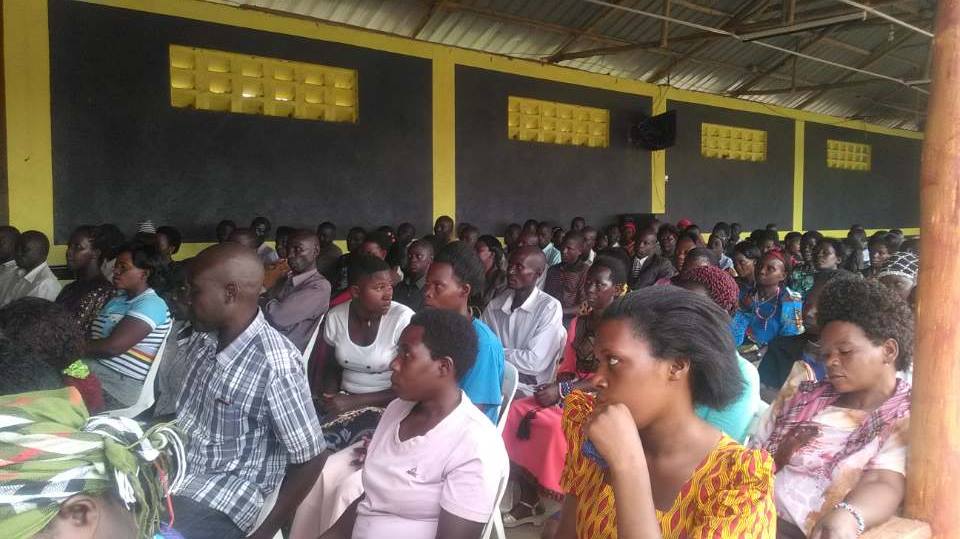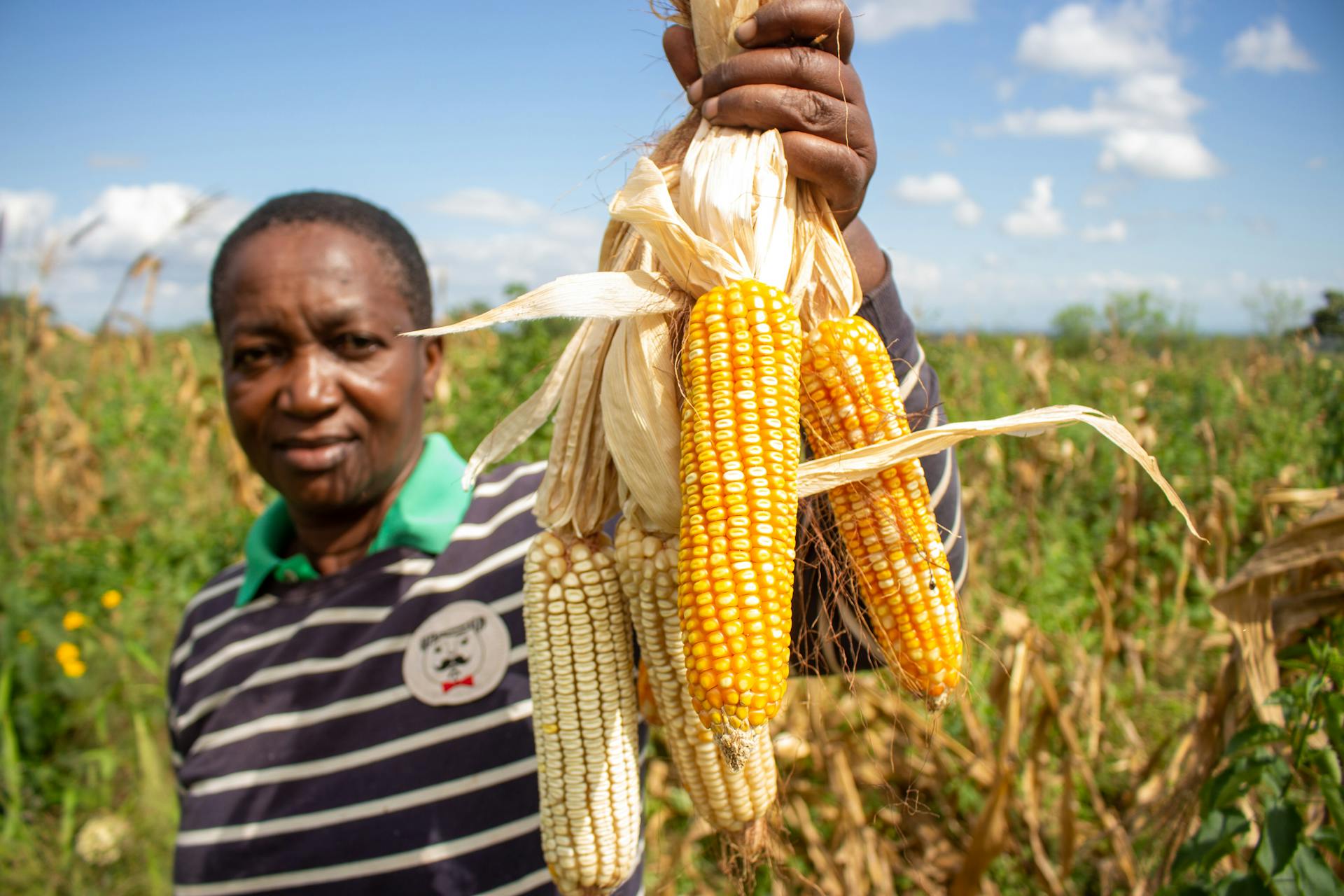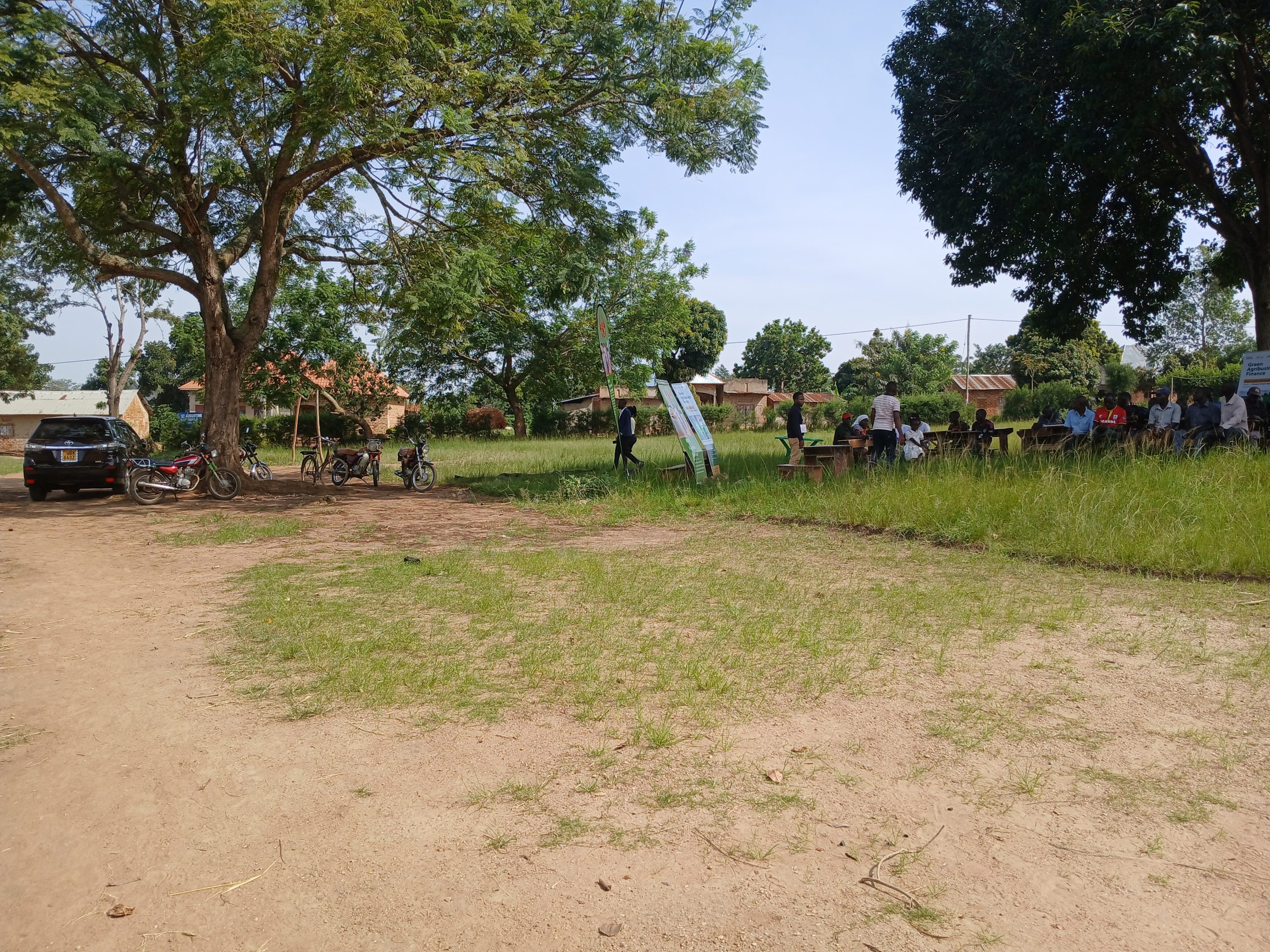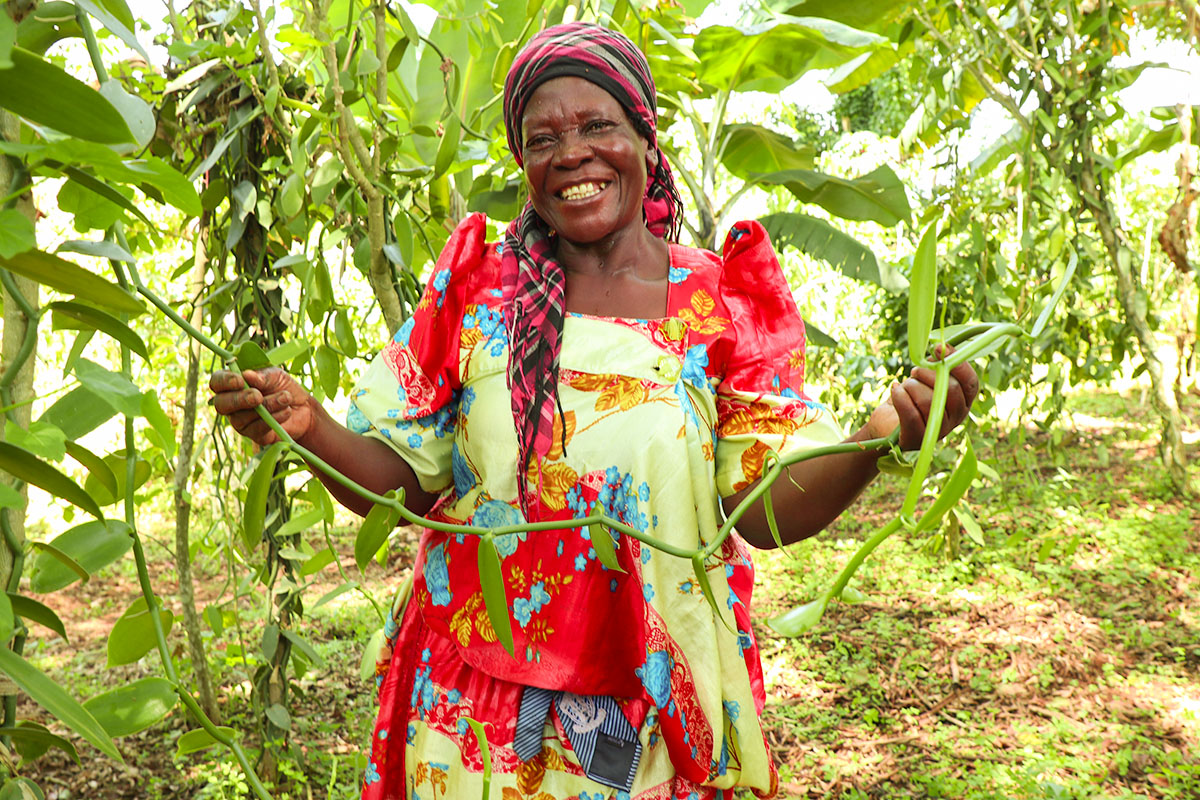Introduction
Agriculture is the backbone of Uganda’s economy. It employs nearly 7 in 10 Ugandans and contributes about a quarter of the country’s GDP. Yet most smallholder farmers remain outside the formal financial system. Many earn money but struggle to save, reinvest, or plan for the future.
The missing link is financial literacy. Without it, loans, savings accounts, and government programs often fail to deliver real change. This article looks at the gaps, highlights real stories, and offers practical steps to help farmers grow their money as they grow their crops.
The State of Financial Literacy in Rural Uganda
A study in Luweero District found that more than half of rural women farmers are financially illiterate. Nationally, only 34% of Ugandans can be considered financially literate, far below global averages.
This has big consequences. Farmers without financial skills may earn money from harvests but often lose track of how it is spent. Profits meant for farm inputs or savings are used for daily household needs. Over time, this cycle locks families in poverty.
Research shows that even a small increase in financial literacy reduces the chance of poverty by 4%. When farmers know how to budget, save, and borrow wisely, their chances of building wealth grow dramatically.
Why Farmers Struggle with Money
Farmers face challenges on many levels:
- Distance: 7 out of 10 Ugandans live in rural areas, far from banks.
- Infrastructure: Poor roads and storage reduce profits after harvest.
- Credit: Only 12% of all bank loans in 2020 went to agriculture. Many farmers lack land titles, so they cannot use land as collateral.
- Costs: Informal lenders charge high interest rates, eating away profits.
- Culture: Household demands often take priority over reinvesting in the farm. Women, despite their central role, face even greater barriers to credit and training.
Building Farmers’ Financial Capital
Financial literacy is more than a skill—it’s a form of human capital. A farmer who understands money can budget, save, and make smart borrowing decisions. This reduces risk for lenders and builds trust.
Groups like SACCOs and VSLAs amplify this effect. Farmers pool savings, borrow collectively, and hold each other accountable. When one farmer succeeds, others benefit through stronger group reputation and easier access to credit. This is how smallholders begin to shift from subsistence farming to commercial farming.
Support from Government and Institutions
Several national programs aim to close the financial literacy gap:
- Parish Development Model (PDM): Brings training and parish-level revolving funds directly to households.
- Agricultural Credit Facility (ACF): Offers medium and long-term loans at lower interest rates.
- Uganda Agriculture Insurance Scheme (UAIS): Helps farmers manage risks like crop failure through subsidized insurance.
These programs hold promise, but challenges remain. Coordination is often weak, and not all farmers are reached. The gap between policy and practice is still wide.
Local and Digital Solutions
At the community level, SACCOs, VSLAs, and self-help groups remain the most trusted and accessible way to save and borrow. Farmers learn discipline, financial management, and collective accountability.
For example, Annet, a young mother in a VSLA, started with a small UGX 50,000 loan. She invested in onions, saved her profits, and grew her business season after season.
Digital tools are also transforming rural finance:
- Mobile Money now serves over 35 million accounts, more than traditional banks.
- Agritech apps like Emata and iKnowFarm help farmers track expenses, plan inputs, and connect to markets.
- Partnerships between fintech and institutions like Uganda Development Bank are making collateral-free loans more accessible.
Together, these tools provide farmers with both knowledge and access.
Practical Steps Farmers Can Take
- Keep Records: Track farm income and expenses. Separate farm and household finances.
- Budget and Save: Plan for inputs, emergencies, and future investments.
- Borrow Wisely: Match loan repayment schedules to harvest cycles. Avoid high-interest informal lenders.
- Use Groups: Join a VSLA or SACCO for support and accountability.
- Go Digital: Use mobile money and apps to save, transact, and build a financial history.
Case Study: Joseph, Coffee Farmer in Masaka

Joseph grows coffee in Masaka. For years, he struggled with money management. He often borrowed from informal lenders who charged 25% monthly interest. By harvest time, most of his income was gone.
Through RDF-supported financial training, Joseph learned simple record-keeping and budgeting. He began saving part of his harvest income and planning ahead for inputs. With these skills, he qualified for a low-interest loan to buy better seedlings.
Within one season, Joseph increased his income by 30%. He now saves regularly and is preparing to expand his farm. His story shows how financial literacy can unlock real opportunities.
Conclusion
Financial literacy is as important as good seeds or fertilizer. It helps farmers make the most of their income, access fair credit, and invest for the future.
To transform Uganda’s agriculture, farmers need more than loans—they need the knowledge to use money wisely. Programs like the PDM, ACF, and UAIS are vital, but their impact grows only when combined with training and community support.
RDF plays a role in bridging this gap, enabling farmers to turn financial knowledge into action. With the right tools, Uganda’s smallholder farmers can build stronger farms, better incomes, and brighter futures.







